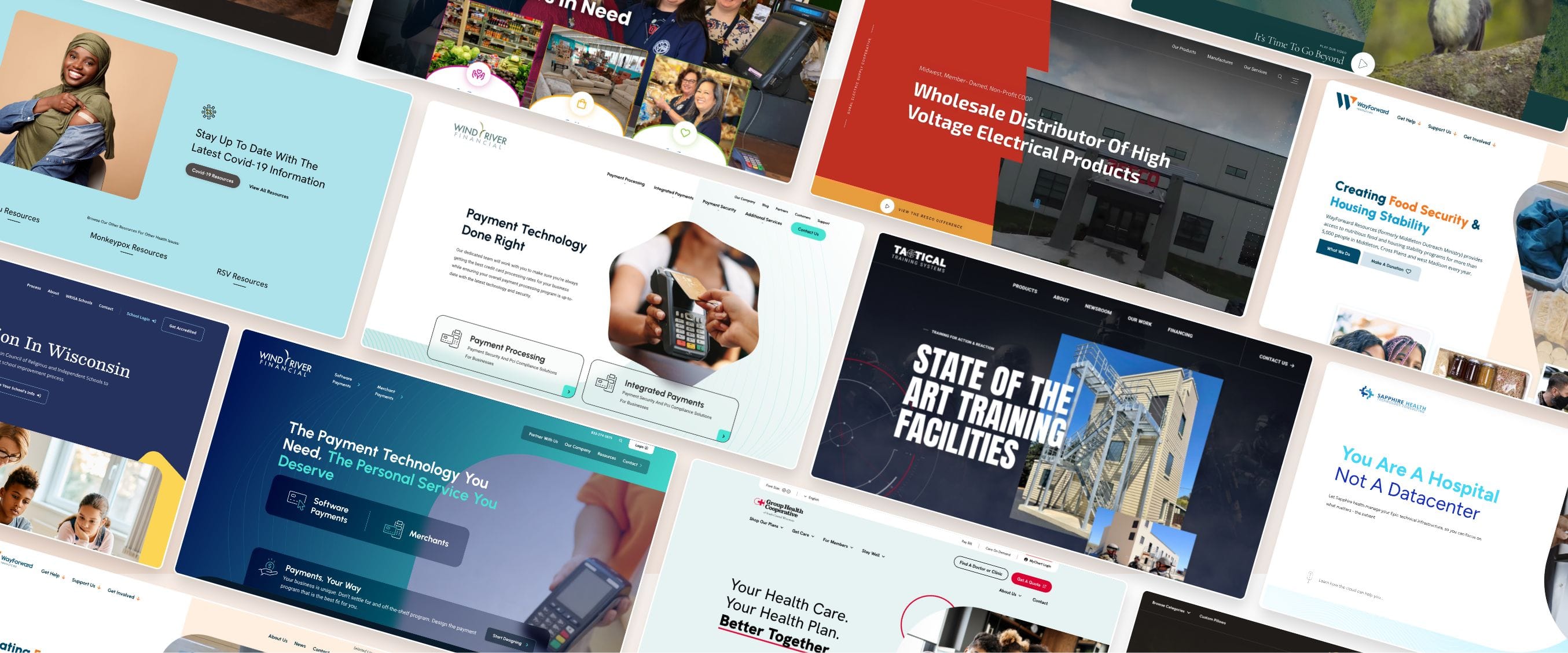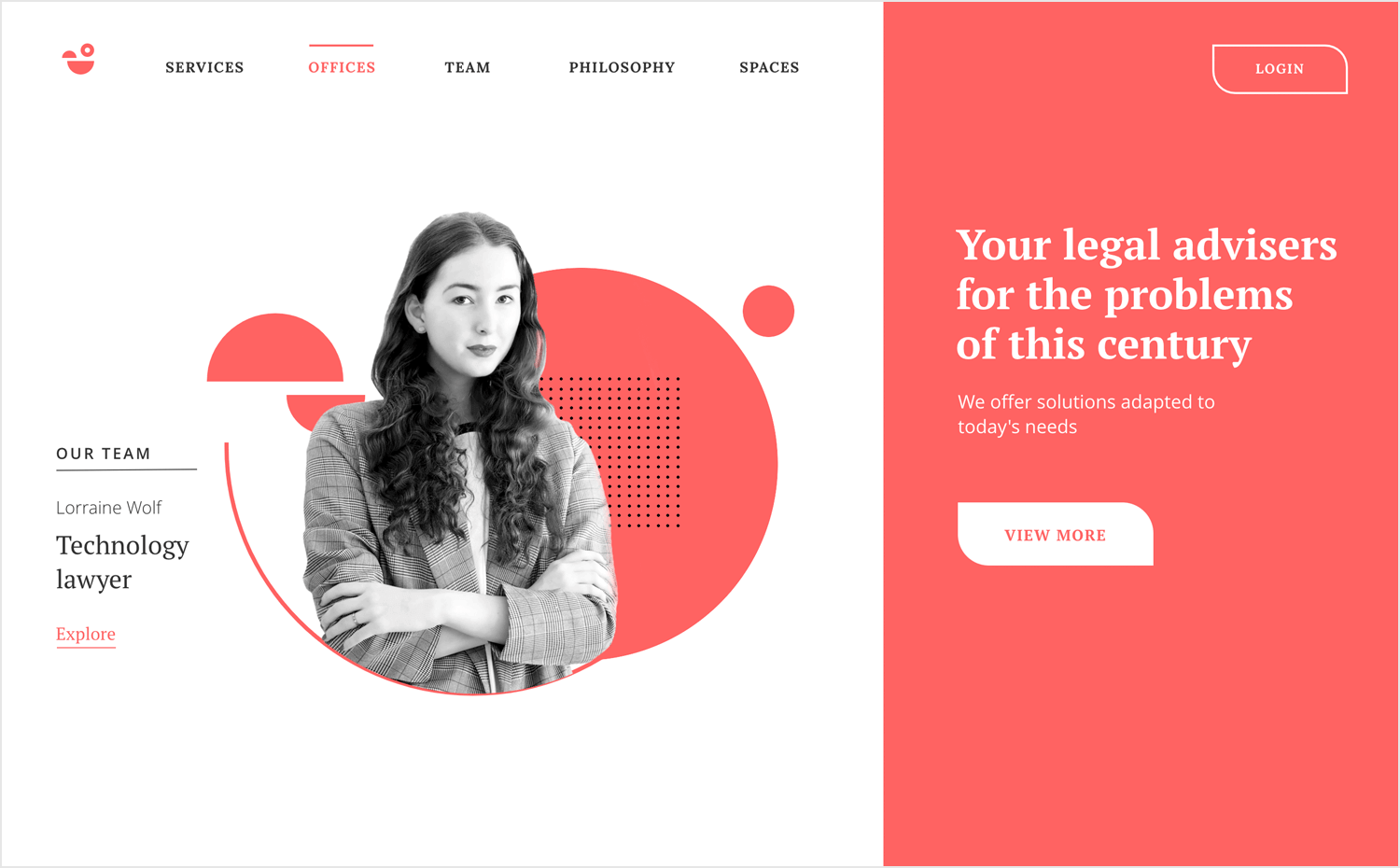Top Tips for Creating an Impactful Web Site Layout That Transforms
To achieve this, one have to take into consideration a selection of aspects, consisting of comprehending the target audience, prioritizing customer experience, and maximizing for mobile platforms. The strategic usage of engaging call-to-actions and a well-defined aesthetic power structure plays a vital function in guiding customers with their journey.

Understand Your Target Target Market
Understanding your target market is basic to effective website design, as it prepares for creating an interesting user experience. Determining that your customers are, including their demographics, preferences, and habits, allows designers to customize the web site's content, format, and performance to fulfill certain needs.
Performing complete marketing research is crucial in this procedure. Surveys, meetings, and analytics can provide useful insights right into customer expectations and discomfort points. By assembling this data, developers can produce customer personalities that stand for different sections of the target market, guaranteeing that layout decisions are notified and pertinent.
Additionally, recognizing the target audience assists in selecting suitable layout elements such as color pattern, typography, and imagery that resonate with individuals. A website that speaks directly to its target market cultivates a sense of link and trust fund, encouraging longer sees and greater conversion rates.
Eventually, a user-centered strategy to website design not only improves customer fulfillment yet also supports company goals by driving involvement and commitment. By prioritizing the needs and preferences of the target audience, a web site can properly offer its purpose and achieve preferred end results.
Prioritize Customer Experience
To enhance the overall efficiency of a web site, focusing on user experience (UX) is vital (Website Design). A properly designed UX makes certain that site visitors can browse the website easily, locate details promptly, and engage with material meaningfully. This results in boosted individual contentment and greater conversion rates
Begin by executing instinctive navigation. Menus should be rationally structured, permitting customers to situate key areas of the website with marginal effort. Consistency in design elements, such as shade systems and typefaces, cultivates experience, which is vital for preserving individual engagement.
In addition, take into consideration the filling speed of your website. A hold-up of simply a few secs can bring about substantial drop-offs, as individuals are less most likely to await a slow-loading web page. Enhancing pictures and enhancing code can boost performance and retain visitors.
By focusing on user experience, you not only produce an extra enjoyable environment for visitors yet additionally strengthen your brand's trustworthiness. Inevitably, an emphasis on UX is an investment in the long-term success of your web site.
Maximize for Mobile Devices
Optimizing for smart phones is critical in today's digital landscape, where an enhancing number of individuals Homepage gain access to internet sites through mobile phones and tablet computers. A mobile-friendly layout not just boosts user experience but likewise plays a considerable duty in boosting search engine rankings. To accomplish this, it is important to take on a receptive layout that instantly adapts to different display sizes and positionings.

Loading rate is one more vital aspect; mobile individuals are normally less person and anticipate fast accessibility to info. Optimize photos and take advantage of browser caching to boost performance. Test your website on several devices and display resolutions to identify and remedy any possible usability problems. By focusing on mobile optimization, you guarantee that your internet site remains affordable and efficiently engages a more comprehensive audience.
Usage Engaging Call-to-Actions
A website's efficiency usually rests on its capability address to lead visitors toward preferred activities, making engaging call-to-actions (CTAs) essential elements of style. CTAs function as the pivotal points that direct individuals to involve with the website, whether that suggests buying, registering for a newsletter, or downloading and install a source.
To create effective CTAs, clarity is paramount. Use concise language that plainly connects the activity you want the individual to take.
Furthermore, the design of CTAs must attract attention without being interfering. Use contrasting shades and clear font styles to ensure they capture attention. Additionally, consider making use of directional signs, such as arrowheads or pictures, to direct users toward these switches. By focusing on these elements, businesses can significantly boost individual interaction, driving conversions and eventually achieving their website's objectives.
Concentrate On Visual Power Structure
Reliable site layout depends greatly on a well-structured visual power structure that guides customers with content effortlessly. By organizing aspects in a manner that focuses on information, developers can boost individual experience and promote decision-making. This includes making use of size, color, contrast, and spacing tactically to attract interest to one of the most essential components of a website.
Making use of bigger font styles for headings and subheadings develops a clear difference between various areas, allowing individuals to check material effortlessly. Furthermore, using different colors for buttons and calls-to-action can catch customer attention and motivate communication. Whitespace is an additional important element; it protects against clutter and enables additional reading individuals to concentrate on vital messages without distractions.
Pictures and graphics must enhance the message while also adhering to the recognized pecking order, strengthening the total message (Website Design). Uniformity in layout elements, such as color pattern and typography, additional enhances the visual power structure, making navigating instinctive

Conclusion
To conclude, effective website design demands a thorough understanding of the target market, prioritization of customer experience, and mobile optimization. The critical use compelling call-to-actions and a well-defined visual hierarchy better boosts individual interaction. By executing these principles, websites can attain greater conversion rates, guaranteeing that design components not just draw in visitors yet likewise help with seamless navigating and communication. Eventually, a well-executed website layout offers as a vital component in driving user activities and accomplishing company purposes.